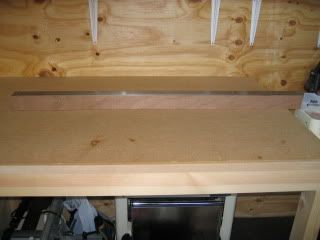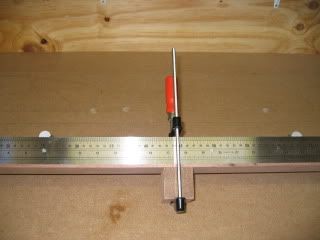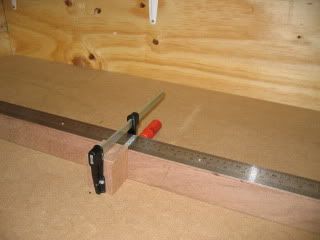filsgreen
Established Member
Finally got my new workshop,  so I thought I'd post a few pics. It's a 14 x 10 shop bought jobbie from Flixton saw mills. As mentioned previously it is insulated with 50mm Kingspan insulation and is boarded out (to my shame) with 12 mm shuttering ply. When I bought it they never said that it was shuttering grade :x
so I thought I'd post a few pics. It's a 14 x 10 shop bought jobbie from Flixton saw mills. As mentioned previously it is insulated with 50mm Kingspan insulation and is boarded out (to my shame) with 12 mm shuttering ply. When I bought it they never said that it was shuttering grade :x

Here is one workbench.
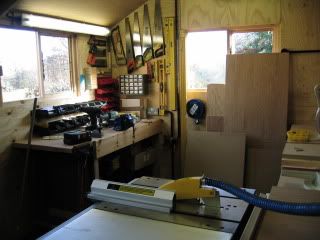
I've put the table saw against the work bench to act as an out feed when required and it also doubles up as support for the chop saw.
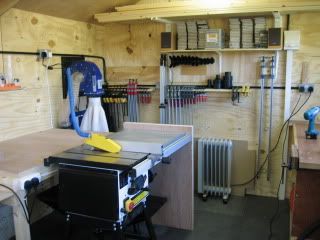
Here is a picture of the chop saw and this is where I need the advice.
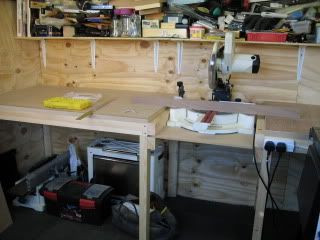 .
.
As you can see from the following picture I have made the bench so that I can cover up the chop saw aperture to make a large ten foot bench if required.
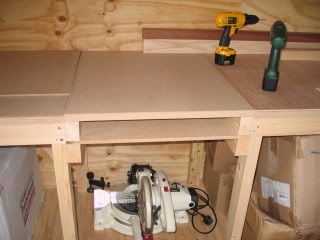
I'm not sure though :? , should I leave the chop saw in situ to provide better accuracy or leave it the way it is. If I leave the saw as is, I'm going to put a ruled guide on the left hand side to assist in accurate sawing. However, the down side is that the guide chops the table in half, it is still usable though. Any advice would be appreciated.
Phil

Here is one workbench.

I've put the table saw against the work bench to act as an out feed when required and it also doubles up as support for the chop saw.

Here is a picture of the chop saw and this is where I need the advice.

As you can see from the following picture I have made the bench so that I can cover up the chop saw aperture to make a large ten foot bench if required.

I'm not sure though :? , should I leave the chop saw in situ to provide better accuracy or leave it the way it is. If I leave the saw as is, I'm going to put a ruled guide on the left hand side to assist in accurate sawing. However, the down side is that the guide chops the table in half, it is still usable though. Any advice would be appreciated.
Phil





